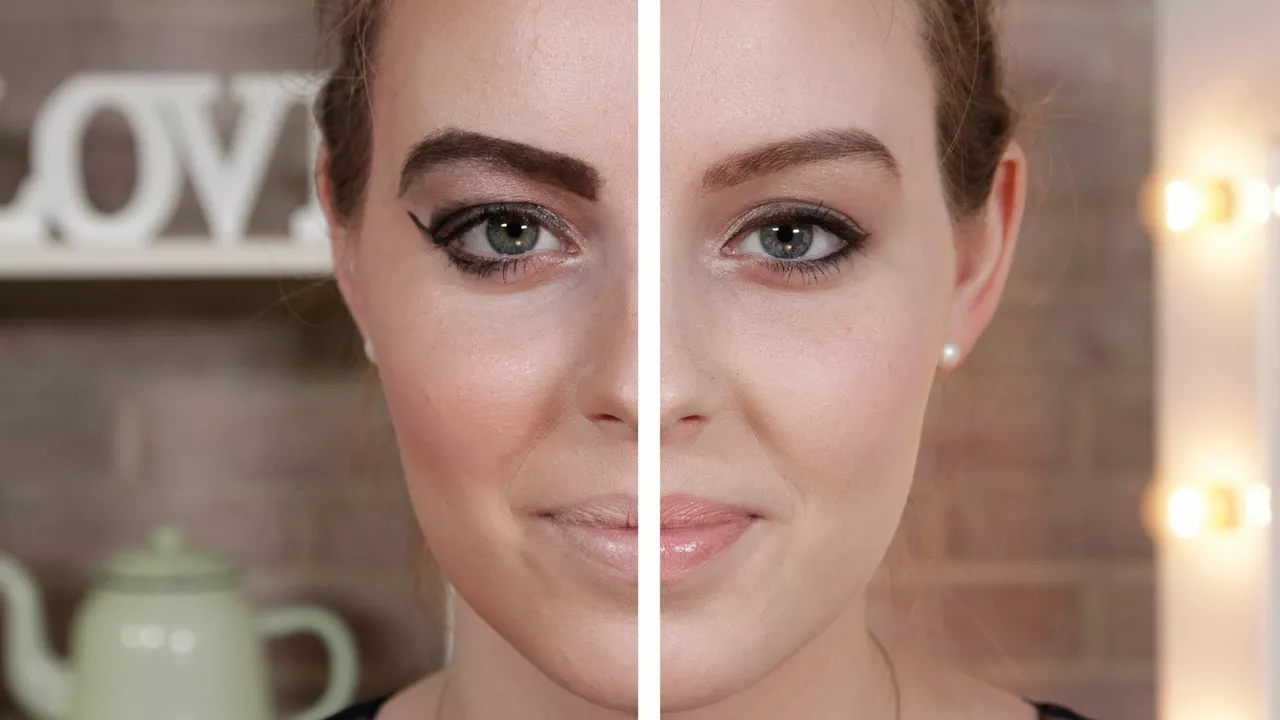What should we do and not do in makeup as a beginner?
 Jul, 26 2023
Jul, 26 2023
Understanding the Basics of Makeup
As a beginner, it's essential to first understand the basics of makeup. Don't rush into trying all the products at once. Instead, take a step back and learn about the different types of makeup, their uses, and how they can be applied to enhance your natural beauty. It's also important to know your skin type. This will help you select the right products that won't harm your skin or cause allergic reactions. Makeup should be fun and experimental, but also safe and skin-friendly.
Always remember that less is more. Start with a few basic products like a good quality foundation, mascara, eyeliner, and a lip color. Learn how to use them correctly and as you get comfortable, you can start adding more products to your makeup routine. Also, don't forget to invest in good quality makeup brushes. They are the key to flawless makeup application.
Selecting the Right Makeup for Your Skin Type
One of the biggest mistakes beginners make is not selecting the right products for their skin type. If you have oily skin, go for oil-free or matte products. For dry skin, hydrating and moisturizing products work best. If your skin is sensitive, look for hypoallergenic and fragrance-free products. Using the wrong products can lead to skin issues like breakouts, dryness, and irritation.
It's also important to choose the right shade of foundation. The perfect shade should blend seamlessly into your skin. Don't test the foundation on your hand, as the skin color can be different from your face. Instead, test it on your jawline to find the perfect match. Remember, the goal is to enhance your natural beauty, not to change your skin color.
Mastering the Art of Makeup Application
Applying makeup correctly can be a bit tricky for beginners. But with practice, you can master the art of makeup application. Always start with a clean, well-moisturized skin. This provides a good base for your makeup. Next, apply a primer. This will help your makeup stay for longer and give a smooth finish. Then apply your foundation, followed by concealer to hide any imperfections.
When applying eyeshadow, start with a neutral base color, then add a darker color in the crease for depth. Use a blending brush to blend the colors together to avoid harsh lines. For eyeliner, start with a thin line at the inner corner of your eye and gradually make it thicker towards the outer corner. And always remember, practice makes perfect.
Knowing When to Replace Your Makeup
Another important aspect of makeup that beginners often overlook is knowing when to replace their makeup. Using expired makeup can lead to skin infections and allergic reactions. As a rule of thumb, mascara should be replaced every three months, liquid foundation and concealer every six to twelve months, and lipstick every one to two years. Also, remember to clean your makeup brushes regularly to avoid bacteria buildup.
Always check the packaging of your makeup products for the Period After Opening (PAO) symbol. This symbol indicates the number of months the product can be used after opening before it should be discarded. It's also a good idea to write the date of opening on the product to keep track.
Learning to Take Off Your Makeup Properly
Lastly, but most importantly, every makeup user must know how to remove their makeup properly. Your skin needs to breathe and rejuvenate overnight, and leaving makeup on can clog your pores leading to breakouts and premature aging. Invest in a good makeup remover that suits your skin type. Don't rub your skin harshly while removing makeup, instead gently wipe it off.
After removing makeup, cleanse your skin with a gentle cleanser to remove any leftover makeup and dirt. Follow it up with a toner to balance your skin's pH levels and a moisturizer to keep your skin hydrated. Remember, your nighttime skincare routine is as important as your makeup routine.